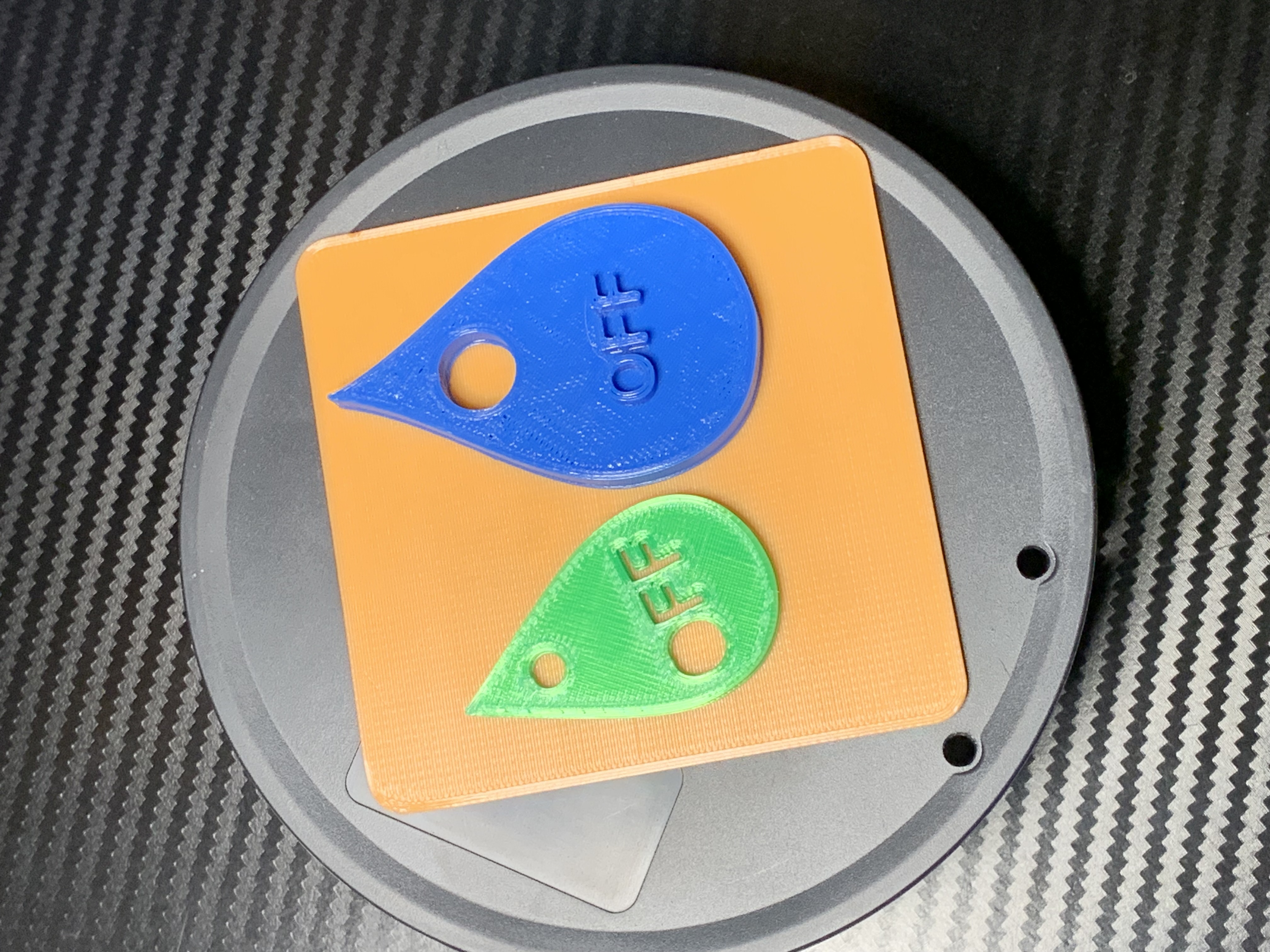Emergency! How to Quickly Shut Off Your Home Utilities
Did you know that a simple wrench, properly used, can prevent a minor gas leak from turning into a catastrophic explosion? According to a 2024 study by the National Fire Protection Association, delayed utility shut-off accounts for a significant portion of property damage following natural disasters. Knowing how to quickly and safely shut off your utilities is a crucial element of home emergency preparedness and could save lives.
Shutting Off Your Natural Gas Supply
In the event of a suspected gas leak safety issue, earthquake, or other emergency, knowing how to shut off your natural gas supply is paramount. Natural gas leaks are dangerous due to the risk of explosion and asphyxiation. The ability to quickly and efficiently stop the flow of gas can significantly reduce these risks. Natural gas shut off procedures require knowing the location of your gas meter and having the correct tools readily available.
Your gas meter is typically located outside your home, often near the street or an exterior wall. Look for a pipe coming out of the ground or wall and connecting to a meter. There should be a shut-off valve on this pipe. This valve is usually a rectangular nub that requires a wrench to turn. Keep an adjustable wrench near the gas meter for quick access in an emergency.
Identifying the Gas Shut-Off Valve
The shut-off valve is usually a rectangular nub or lever on the gas pipe leading into the meter. It runs parallel to the pipe when open and perpendicular when closed. Some valves may require a quarter-turn, while others may need a half-turn to completely shut off the gas flow. Familiarize yourself with the specific type of valve on your meter.
Step-by-Step Shut-Off Procedure
- Smell for Gas: If you smell gas, evacuate the premises immediately and call the gas company or fire department from a safe location. Do not use any electronics as they may cause a spark.
- Locate the Meter: Find your gas meter and the shut-off valve.
- Use a Wrench: Using an adjustable wrench, turn the valve a quarter-turn (or half-turn, depending on the valve type) until it is perpendicular to the pipe. This indicates that the gas is shut off.
- Do Not Turn Back On: Once the gas is shut off, do not attempt to turn it back on yourself. Contact your gas company to inspect the system and ensure it is safe to resume service.
Important Note: After an earthquake, even if you don't smell gas, it's a good idea to shut off your gas as a precaution. Hidden damage to gas lines can cause leaks later.
Turning Off Your Water Supply
A burst pipe can quickly lead to significant water damage. Statistics show that a small leak can waste hundreds of gallons of water per day, leading to costly repairs and potential mold growth. Knowing the main water valve location and the water shut off procedure is crucial for minimizing damage. In many homes, the emergency shut off valve is located in the basement, crawl space, or near the water meter.
The main water shut-off valve controls the water supply to your entire house. It is typically located where the water line enters your home. In warmer climates, it may be located outside, near the water meter, inside a buried box. Identifying the valve beforehand is critical.
Identifying the Main Water Valve
The main water shut-off valve is often a gate valve (with a round handle) or a ball valve (with a lever handle). Gate valves require multiple turns to shut off the water, while ball valves only need a quarter-turn. Some valves may be stiff or difficult to turn, so it's a good idea to test them periodically to ensure they are functioning properly.
Shut-Off Procedure and Safety Tips
- Locate the Valve: Find your main water shut-off valve.
- Turn the Valve: Turn the valve clockwise (for gate valves) or a quarter-turn (for ball valves) to shut off the water.
- Check Faucets: Open a faucet in your house to relieve pressure in the pipes. This will help prevent further damage.
- Consider Other Measures: If you cannot locate the main valve, you can shut off the water at the water meter (usually located near the street). This typically requires a special meter key.
If you are unable to shut off the water supply, call a plumber immediately. Time is of the essence to prevent extensive damage.
Shutting Off Your Electrical Power
Electrical hazards can arise from various emergencies, including floods, fires, and damaged wiring. Knowing how to safely shut off your electrical power is essential for preventing electrocution and further damage. Your circuit breaker panel is the central point for controlling your home's electrical circuits. It is usually located in the basement, garage, or utility room.
The circuit breaker panel houses individual circuit breakers that protect each circuit in your home from overloads. Each breaker is labeled to indicate which area of the house it controls. In an emergency, you may need to shut off the main breaker to disconnect power to the entire house.
Safety Precautions Before Shutting Off Electricity
- Dry Hands: Ensure your hands are completely dry before touching the circuit breaker panel. Water conducts electricity and can cause electrocution.
- Stand on a Dry Surface: Stand on a dry surface, such as a rubber mat, to insulate yourself from the ground.
- Use a Flashlight: If the power is out, use a flashlight to see the circuit breaker panel clearly. Do not use candles or other open flames, as they pose a fire hazard.
Step-by-Step Electrical Shut-Off Procedure
| Step | Action | Description |
|---|---|---|
| 1 | Locate the Main Breaker | The main breaker is usually at the top or bottom of the circuit breaker panel and is labeled "Main." |
| 2 | Flip the Breaker | Flip the main breaker to the "Off" position. This will disconnect power to the entire house. |
| 3 | Verify Power is Off | Test an outlet with a non-contact voltage tester to ensure the power is off before proceeding with any repairs. |
Important Note: If you are unsure about any aspect of shutting off your electrical power, contact a qualified electrician. Never attempt to work on electrical systems if you are not comfortable doing so.
Understanding Circuit Breakers
Familiarize yourself with the layout of your circuit breaker panel. Label each breaker clearly to indicate which area or appliance it controls. This will help you quickly identify the correct breaker in an emergency or when troubleshooting electrical problems.
Creating a Utility Safety Checklist
A utility safety checklist ensures you're prepared for any emergency. This checklist should include the locations of all shut-off valves, the tools you need, and instructions on how to shut off each utility. Share this checklist with all members of your household and practice the procedures regularly.
- Location of Gas Meter and Shut-Off Valve: Note the exact location of your gas meter and the shut-off valve. Keep an adjustable wrench nearby.
- Location of Main Water Valve: Identify the location of your main water shut-off valve and ensure it is accessible. Test the valve periodically to ensure it is functioning properly.
- Location of Circuit Breaker Panel: Locate your circuit breaker panel and label each breaker clearly. Keep a flashlight nearby.
- Emergency Contact Information: Keep a list of emergency contact numbers, including the gas company, water company, and a qualified electrician.
By taking the time to prepare a utility safety checklist, you can significantly reduce the risk of damage and injury in an emergency.
Remember that emergency procedures require practice. It's not enough to simply read about them; regularly practice locating and operating your shut-off valves. This ensures that in a real emergency, you'll be able to act quickly and confidently. Make it a family exercise to increase awareness and preparedness across your household.
| Utility | Emergency Sign | Shut-Off Location | Required Tool |
|---|---|---|---|
| Gas | Smell of gas, hissing sound | Gas meter outside your home | Adjustable wrench |
| Water | Burst pipe, flooding | Basement, crawl space, near water meter | None (usually) or meter key (at the street) |
| Electricity | Fire, flooding, damaged wiring | Circuit breaker panel | None |
Home Emergency Preparedness Tips
Home emergency preparedness involves more than just knowing how to shut off utilities. It includes having a comprehensive plan for dealing with various emergencies, such as earthquakes, fires, and floods. Here are some additional tips to help you prepare:
- Emergency Kit: Prepare an emergency kit with essential supplies, such as food, water, first-aid supplies, and a battery-powered radio.
- Evacuation Plan: Develop an evacuation plan for your family, including a designated meeting place.
- Insurance Coverage: Review your insurance coverage to ensure you have adequate protection against various types of damage.
- First-Aid Training: Consider taking a first-aid and CPR course to learn how to respond to medical emergencies.
By taking these steps, you can significantly increase your resilience in the face of unexpected events.
FAQ: Frequently Asked Questions About Utility Shut-Off
Here are some frequently asked questions about shutting off utilities in an emergency:
Q: What should I do if I can't find my main water shut-off valve?
If you can't locate your main water shut-off valve, contact a qualified plumber immediately. In the meantime, try to minimize water damage by containing the leak as best as possible.
Q: How often should I test my shut-off valves?
It's a good idea to test your shut-off valves at least once a year to ensure they are functioning properly. If a valve is stiff or difficult to turn, lubricate it with penetrating oil.
Q: Can I turn my gas back on myself after shutting it off in an emergency?
No, do not attempt to turn your gas back on yourself. Contact your gas company to inspect the system and ensure it is safe to resume service. This is crucial for gas leak safety.
Q: What do I do if my circuit breaker keeps tripping?
If a circuit breaker keeps tripping, it could indicate an overloaded circuit or a faulty appliance. Try unplugging some appliances on that circuit to see if that resolves the issue. If the problem persists, contact a qualified electrician.
Q: Where can I find more information on local emergency procedures?
Contact your local emergency management agency for information on specific emergency procedures and resources in your area.
Being prepared for utility-related emergencies is an essential part of responsible homeownership. Remember to familiarize yourself with the location of your shut-off valves, practice the shut-off procedures, and create a comprehensive utility safety checklist. What other questions do you have about emergency utility shut-off? Share your thoughts or experiences in the comments below to help others learn and prepare!


